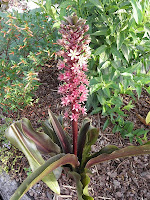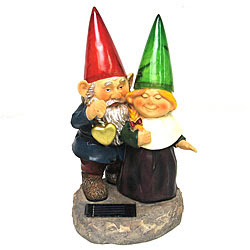Nan Chase recommends that you "Eat Your Yard"
Asheville NC journalist, Nan Chase's book, "Eat Your Yard" has been out since 2010 so I'm a little late to the party in writing about it. Since she lives in zone 7 - same as northeast Oklahoma's zone - I was especially interested in seeing her recommendations. "The edible yard combines beauty and practicality: beautiful form in the garden with bounteous crops to eat fresh or preserve for year-round enjoyment," says Chase in the introduction. She does not recommend ripping out the lawn to plant zucchini but suggests that we add some productive and beautiful trees, shrubs, vines, herbs and wildflowers that provide edibles for our tables and kitchens. Plus, there are recipes for the suggested plants so we can enjoy them out of season. The first chapter, Favorite Fruits, covers apples with a German Pancake recipe, landscape highlights, edible highlights, where it grows best, how to grow it and hardiness zones. I've had trouble finding a good apple varie...
.JPG)




.JPG)



.JPG)





